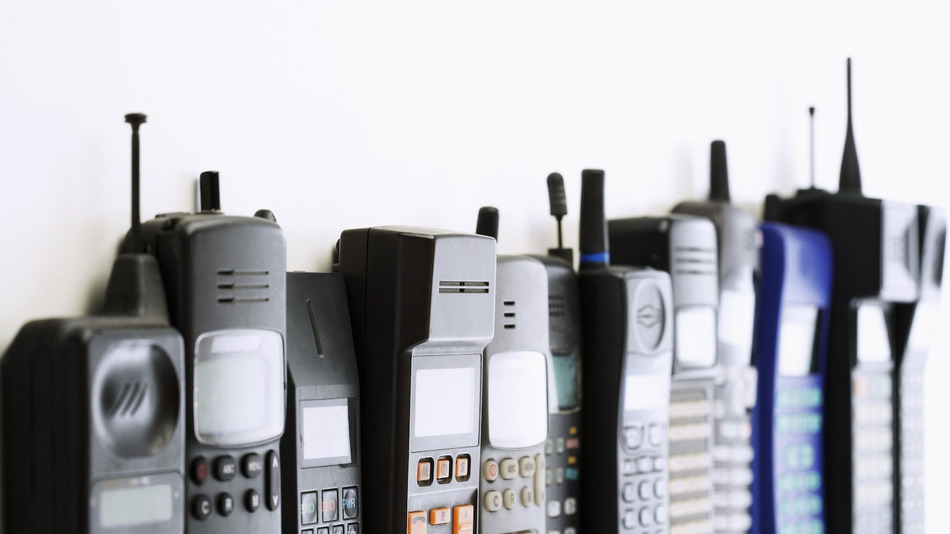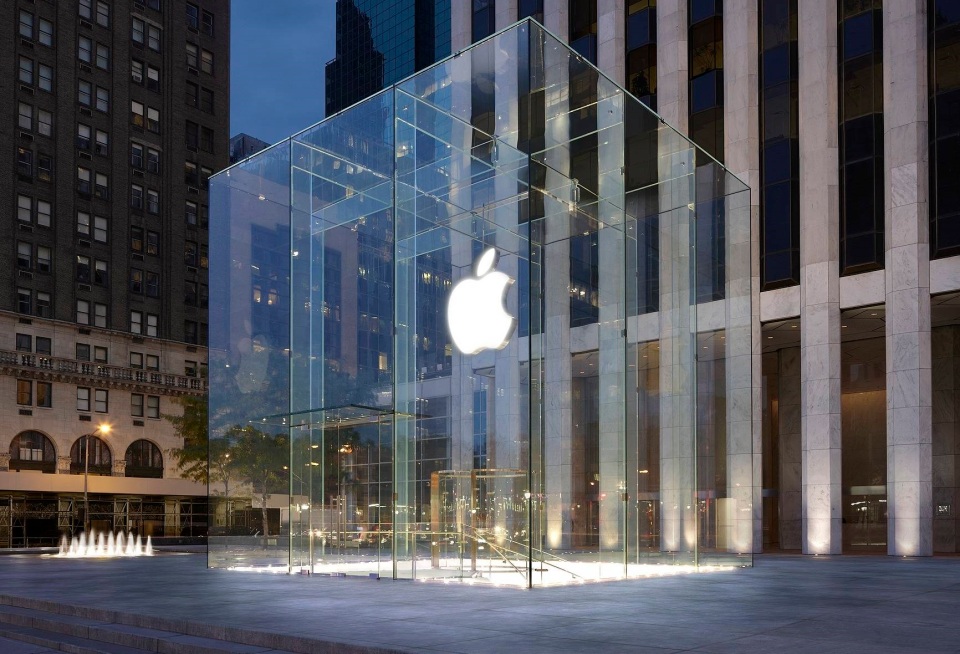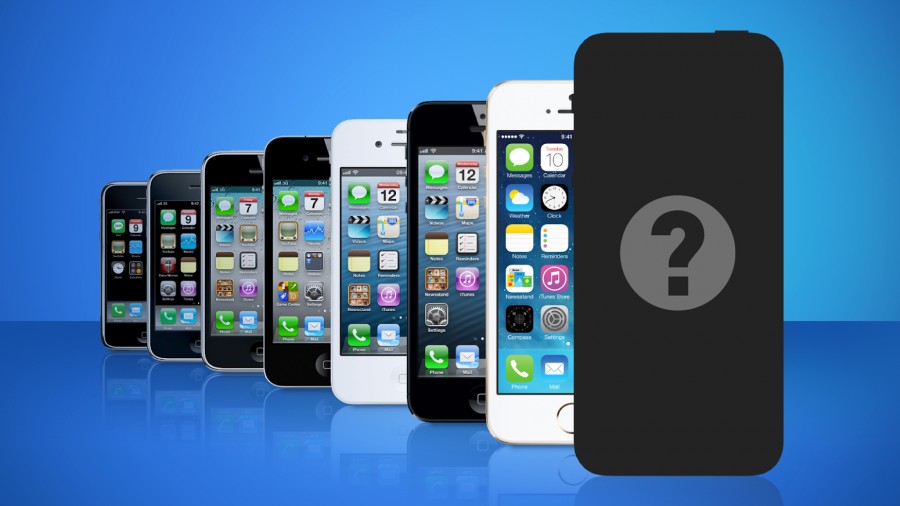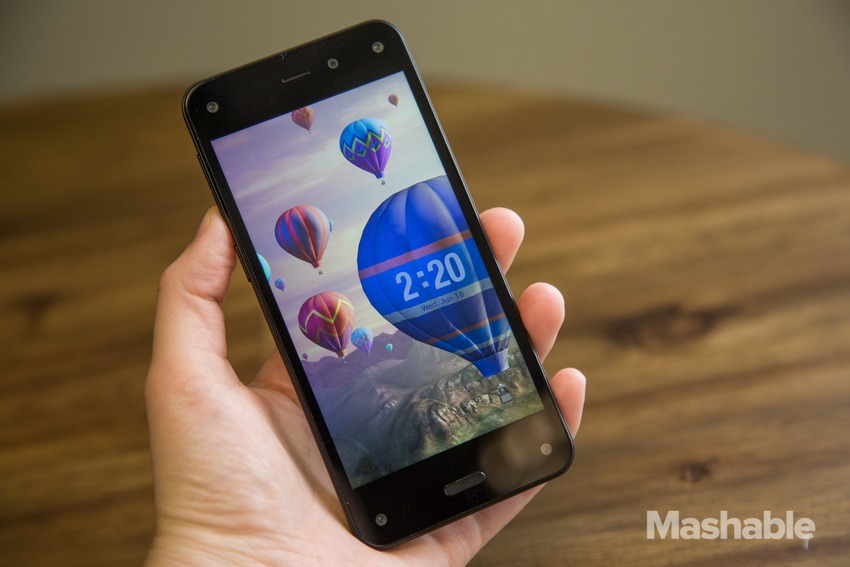Imagine life without mobile phones. For most of us, it would be impossible. The mobile technology today plays such an inherent role in our everyday lives that it would be more than just difficult to go an entire day without it. Let’s take a look at how this wonderful technology evolved over the years.
Imagining a time without smartphones is as hard as believing that bigger-than-bricks wireless phones ever existed outside of Saved By the Bell. Believe it or not though, even 10 years ago journalists were skeptically analyzing things like “text messengers” and “M-payments” that we now use without thinking.
Check out some of the milestones that contributed to the miracle in your back pocket:
1899: In an attempt to reduce maritime collisions, Italian inventor Russo d’Azar devises a wireless system that ships can use to communicate. The Times notes that the Italian Navy has “definite orders” to adopt the technology once it’s been perfected.
1946: Ralph Hersey, a native of New Jersey, receives a patent for a combination radio-telephone system that doesn’t rely on wires to send transmissions.
1973: Motorola releases the “Dyna T-A-C,” the first wireless portable phone. The device weighs just under two pounds, and “can connect with any telephone anywhere.”
1983: Ameritech Mobile Communications introduces the “first cellular mobile radio service” — what we would later call a “car phone.” The article also predicts that the device will pave the way for “telephones that will be small and light enough to fit into a briefcase or back pocket.”
1990: The Nippon Telegraph and Telephone Company reveals it has developed the lightest and smallest telephone in the world, at 9.2 cubic inches and 8.1 ounces. The device allows for continuous conversations of up to 45 minutes.
1992: Pacific Bell says it won’t offer its customers caller ID, citing low profit potential and customer concerns about privacy as the reasons. Had it approved the service, it would have charged $6.50 a month to “see a caller’s phone number on a special display.”
1996: AT&T announces “Pocketnet,” which allows customers to wirelessly connect to the Internet and view data on a three-line screen.
1997: Nokia announces project “Responder,” which aims to “combine Internet, computer and phone technologies to produce a portable machine that could use all of them equally.”
1999: Complaints regarding lack of service are on the rise as the number of devices, and the stress they put on networks, finally draws attention to the importance of wireless infrastructure.
2000: Tech thought leaders start predicting the next step in mobile revolution will be something they called “m-payments,” or transactions made on your mobile device.
2001: The Nokia 5510 is released, with a list of features including the first QWERTY keyboard, a headphone jack and a whopping 64 megabytes of memory.
2003: Long before Instagram, Snapchat and #selfies , the introduction of camera phones makes people concerned, paranoid and really uncomfortable.
2004: The popularity of the Razr, the Motorola phone that prioritizes a thin body of rich data services, is seen as evidence that voice will continue to be the primary use for cellphones, rather than text messaging or data services.
2006: After two years of “Apple phone rumors,” people still aren’t sure if Apple will ever release a cellular device.
2007: In the first of many anticipated events, Steve Jobs reveals the first “iPhone” and says that Apple will drop “Computer” from its name to better represent the suite of products they will now make.
2007: The tech world celebrates the 15th anniversary of the first text message, a humble “Merry Christmas” sent from a computer to a phone.
2012: The Galaxy S III dethrones the iPhone 4S to become the best-selling smartphone in the world. The release of the iPhone 5 means Samsung doesn’t get to stay in the top spot for long, however.
2014: Amazon announces Fire Phone, with image recognition software and a 3D image display.
2014: In a landmark decision that validates the importance of data held on devices, the Supreme Court rules that a cellphone can’t be searched without a warrant.
Source: Mashable
Image: New York Times




